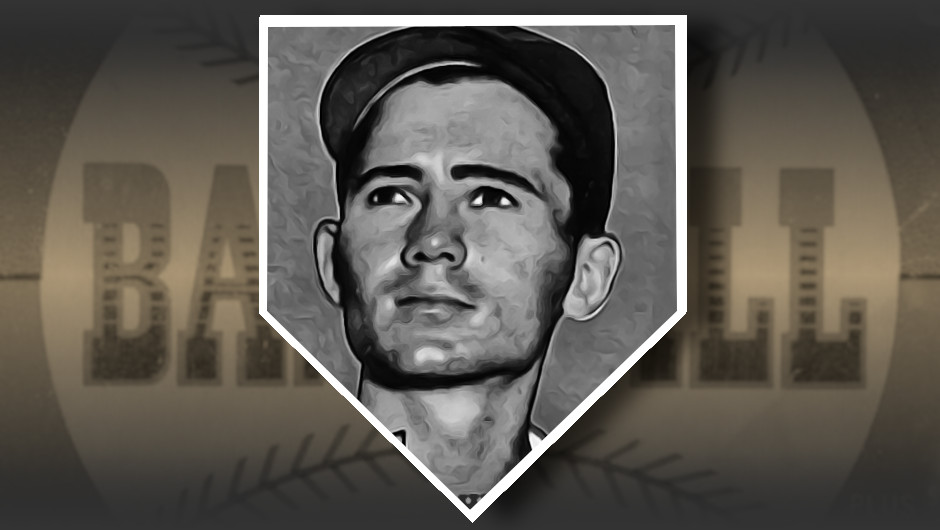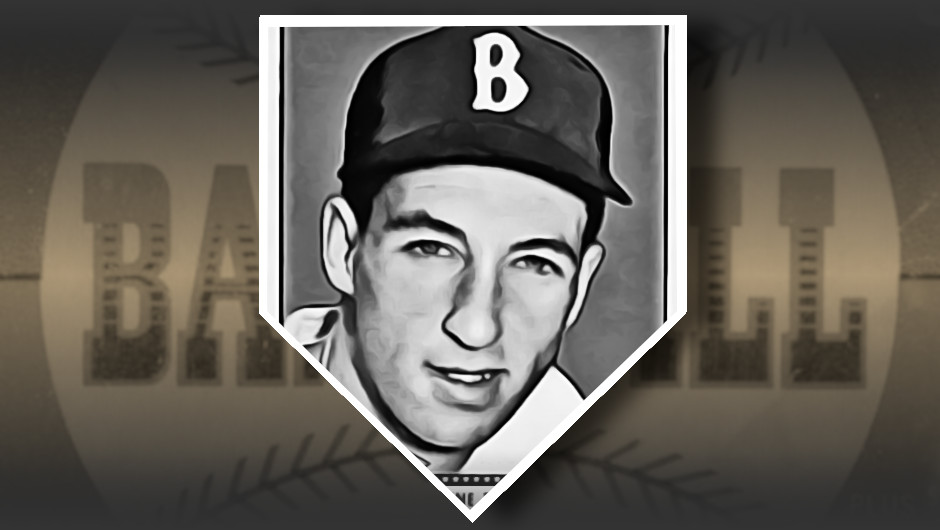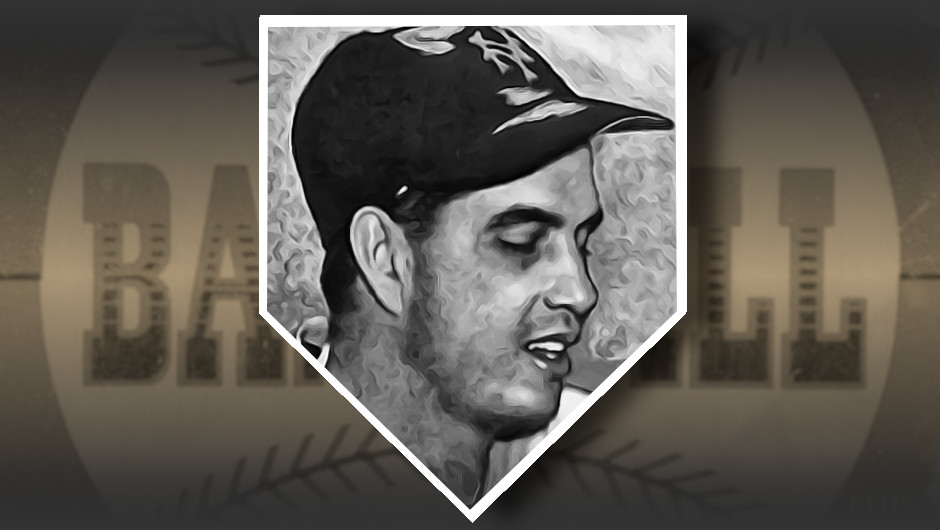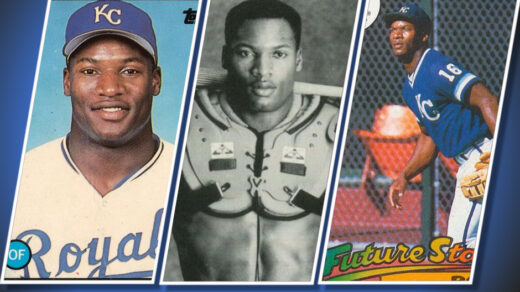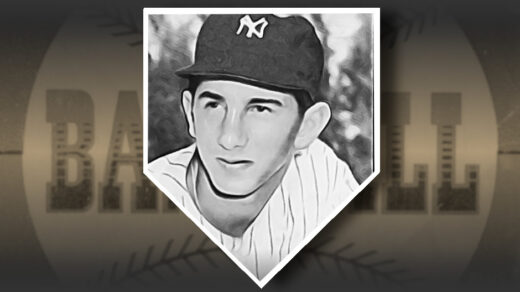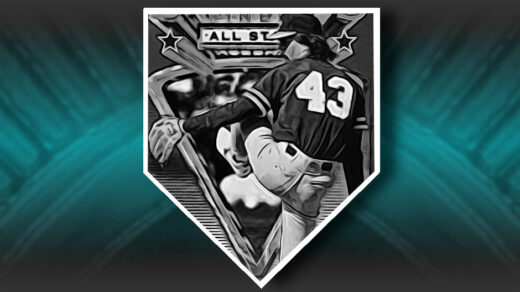Here it is: My favorite 1952 Topps card is #392 Hoyt Wilhelm. Specifically, it is this exact copy that is my favorite card. It is an absolute wreck, seemingly nailed to a wall, cut down with a razor, and taped back together again. It’s a cardboard metaphor for the life of a pitcher.
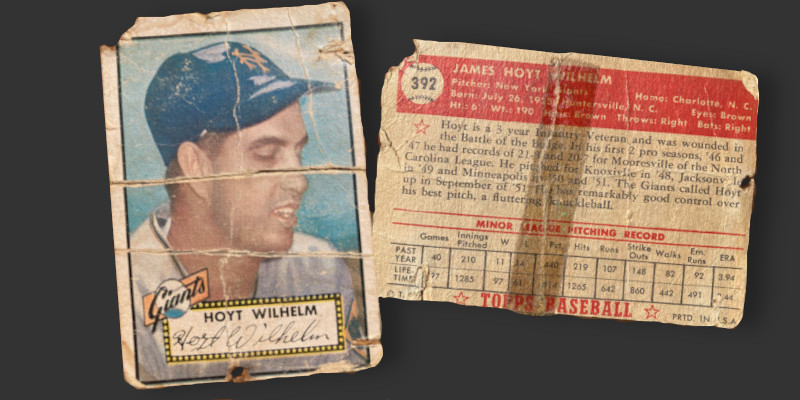
The Wilhelm card is simply the pitching rookie card of the set. His career stats outpaced that of any other first year hurler making an appearance in ’52 Topps and joins Eddie Mathews and Minnie Minoso as the only rookies in the set to make it to the Hall of Fame for on-field performance. Importantly, it is difficult to locate one in any condition as it is part of the scarce high number series.
Not withstanding the insane condition of this card and its importance to the 1952 set, Wilhelm’s story is probably what makes it such an interesting piece of cardboard.
With so many story arcs to follow I have decided to just collect the highlights as a series of bullet points:
- Knuckleball – Wilhelm was never a flame thrower, so he decided to learn how to throw a dancing knuckler after reading about 1930s pitcher Dutch Leonard. Wilhelm used pictures of Leonard holding a ball to learn the proper technique. The pitch was so rarely seen that it greatly confused batters while its motion kept home runs to a minimum. The result was an oddball pitcher who could shut down any offense.
- New Equipment – Knuckleballs are notoriously difficult to hit, and even harder to catch. In 1954 he created a record four passed balls in a single inning. Wilhelm’s later catchers frequently employed gigantic mitts when he took the mound, some measuring more than 40 inches in circumference.
- Military Service – He fought in WW2, serving with the US Army in Europe. Wilhelm had not become a major league ball player at that point and wasn’t placed in the cushy position enjoyed by some celebrities. He fought in multiple battles and received the Purple Heart for injuries incurred in the Battle of the Bulge. Wilhelm played his entire career with artillery shrapnel lodged in his back and pitching hand.
- Age – Wilhelm did not make the majors until age 29 when he broke in with the New York Giants. Most players reach their physical peak around age 28. Instead, his knuckleball routine allowed him to bypass the usual age decline and pitch until less than a week before his 50th birthday. He has the highest debut age of any Hall of Fame player and was actually a year older than many believed. His longevity allowed him to break Cy Young’s record for most games played.
- Reliever or Starter? He began his career as a reliever, a role that was never really questioned. However, the Baltimore Orioles thought the low energy used in his knuckleball could make him a durable starter. He began pitching as both a starter and reliever at regular intervals and threw a complete game no-hitter against the mighty New York Yankees in 1958.
- Debut – Never known as a great batter, Wilhelm nevertheless homered in his first MLB at-bat. That year (1952) he would pitch in a record 71 games as a rookie and became the first reliever to win the league ERA title.
- Effectiveness – People made fun of his age and wonky knuckleball. Despite all the laughter he turned in one of the best careers of his era. He had the lowest career ERA (2.52) of any pitcher since Walter Johnson, arguably the best pitcher of all time. His contemporaries included the stars of the “Decade of the Pitcher” (1960). Wilhelm blew past the marks of Bob Gibson (2.91), Juan Marichal (2.89), and Sandy Koufax (2.76), pitchers that are first to mind when discussing the era. Wilhelm’s opponents barely held the Mendoza line, hitting .211 against him with many at the end of his career young enough to be his son. He notched more wins in relief (124) than staff aces Tim Lincecum (110) and J.R. Richard (107) recorded in their entire careers. Stephen Strasburg and Chris Sale have not yet caught up with his career total despite being dominant starting pitchers and having extensive MLB experience. Not only was he effective, he effectively invented the modern notion of the relief pitcher.
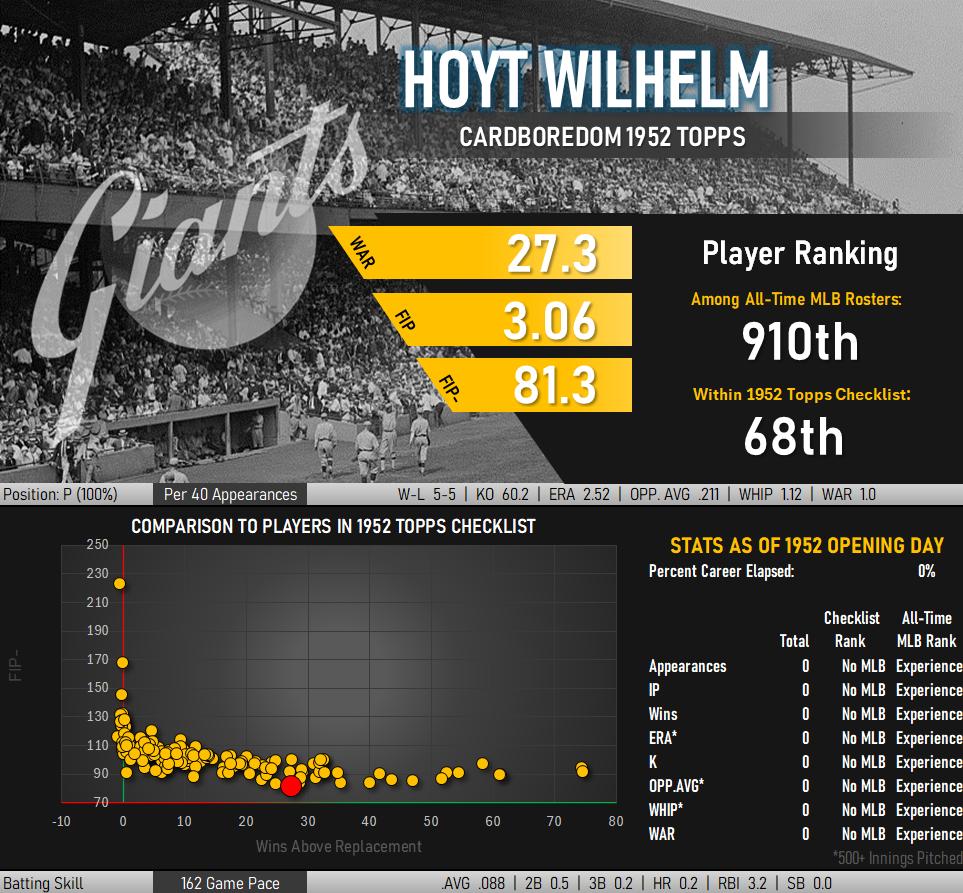
Upgraded!
I’ll be honest. I love my beat up 1952 cards but I won’t pass up the opportunity to get much nicer condition examples. This usually results in no action on my part, as this typically comes with the “opportunity” to shell out large amounts of cash. I can either have a high grade ’52 common, or a low grade example and 50-100 junior bacon cheeseburgers at a drive thru.
I like to track the progress of cards I find interesting in online auctions and usually do so by placing a bid at the outset that has no hope of winning. My bidding history is filled with many $100 offers for mid-grade Mickey Mantle, Hank Aaron, and Jackie Robinson rookies. I’ll bid higher if someone else has already beaten me to the cheap seats, but still know I will never actually get one of these cards for less than four figures.
Last year I placed one of those bids while looking for poor condition ’52 high number commons. I saw a rather sharp looking Hoyt Wilhelm rookie listed for sale and judged it likely to sell for twice the level of the next bidding increment. Wanting to know how it this lot would eventually fare, I placed a bid and was surprised to find that it was enough to put me into the temporary lead for the card. The next morning I awoke to find a notification that no other bidders had stepped forward and the card was mine.
I offset some of the cost by selling my tape-encrusted copy to another low grade 1952 set builder. I’m going to miss that specific card, but I had an unexpected new purchase to pay for and could not justify keeping both. Wilhelm remains my favorite card in the ’52 Topps set.
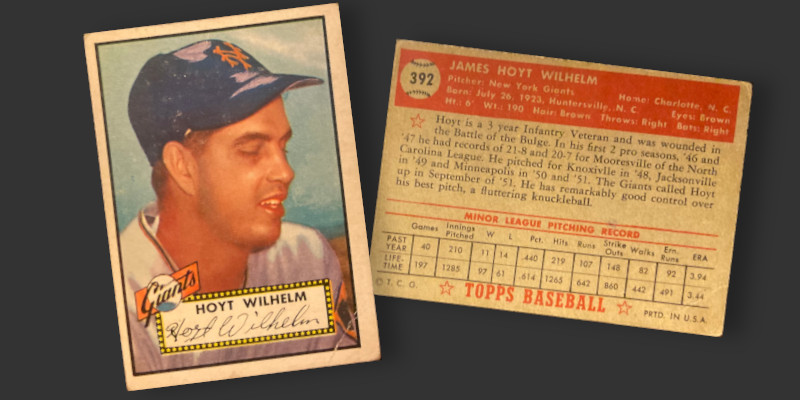
This card is in Good-Very Good condition. There is a visible crease edging just into the lower right corner but is obscured by the logo on Wilhelm’s shirt sleeve. A much harder to see wrinkle is present from the top across his hat, though this is only able to be seen when holding the card at an angle in strong light. Three years into this project this is the only high number in my collection not in poor condition.
Like the pitcher’s career, my Wilhelm cards started slowly and improved with age.

